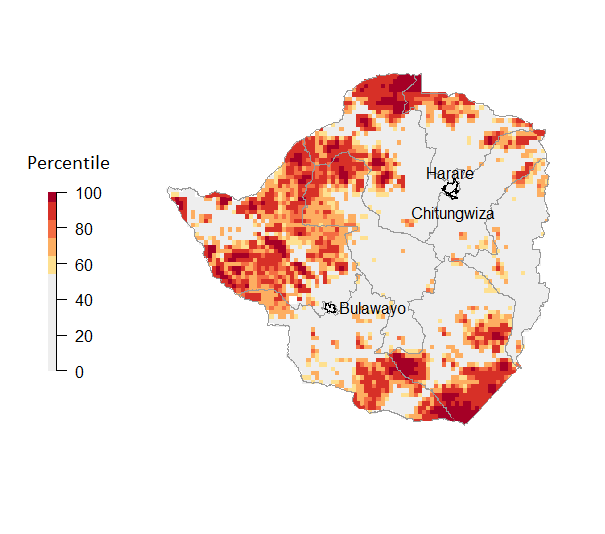Build Effective Social and Behavior Change Strategies


The fall of Robert Mugabe has left many Zimbabweans hopeful for the future and investors searching for information about the potential for market recovery. Last month, Fraym analyzed Zimbabwe’s three largest urban consumer markets in Harare, Bulawayo, and Chitungwiza. What about rural communities?
One of the major challenges for the country will be ensuring equitable outcomes for the vast number of Zimbabweans left impoverished and vulnerable in the wake of decades of deteriorating living standards. Fraym estimates that over four million people, nearly one in four Zimbabweans, live within communities that could be considered vulnerable. The first task in any broad-based economic revival will be identifying and locating these communities with the greatest needs and at the greatest risk.
Fraym designed an index that measures vulnerability in all communities of at least 1,000 people along seven broad indicators:
Fraym then used geospatial covariates and satellite imagery to estimate the degree of vulnerability for every 3-square kilometer area in Zimbabwe, yielding the map below. The darker red areas have higher degrees of relative vulnerability, the grey areas relatively less. This map can be used to pinpoint Zimbabwe’s most vulnerable areas along with a measure of poverty that included over 100 asset-ownership indicators. The African Development Bank is championing this type of sophisticated community identification and targeting through its flagship 10,000 Communities initiative.
The striking takeaway is that vulnerability is concentrated in the far western and southern regions of the country, especially in southern Masvingo province, much of Matabeleland North, and the outer regions of Midlands, Matabeleland South, and Mashonaland West. In other words, the most vulnerable Zimbabweans are those living in the areas farthest from the large urban centers.
